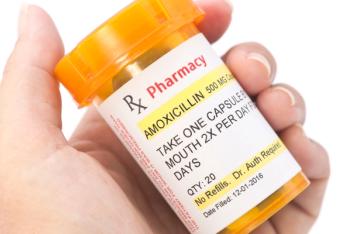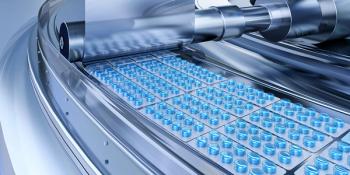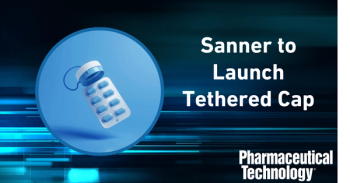
- Pharmaceutical Technology-10-02-2007
- Volume 31
- Issue 10
Charting a Path to Purity
Regulators and industry professionals provide a guide for identifying and measuring impurities.
A new book, Analysis of Drug Impurities, helps analytical chemists understand the challenges and techniques related to the accurate identification and measurement of impurities in drug products. Eight of the book's chapters were contributed by experts from Big Pharma and the US Food and Drug Administration.
The first two chapters provide solid introductions to the origin, control, and measurement of impurities in drug substances and products.
A particularly interesting chapter covers the low-level measurement of potent toxins. The author describes the significant challenge involved in the analysis of these typically low- or sub-ppm-level impurities. The chapter explains gas chromatography (GC), high-performance liquid chromatography (HPLC), thin-layer chromatography, and other analytical techniques. He offers specific examples and reviews the available options.
Sanjay Garg
Contributing author Gary E. Martin offers a helpful algorithm for impurity identification in Chapter 5. His discussion of analytical techniques emphasizes the characterization of impurities.
Chapter 6 discusses chromatography and on-line structure elucidation using spectroscopy. Its section about LC–mass spectrometry (MS), LC–nuclear magnetic resonance (NMR), and other related techniques is easy to understand, provides helpful examples, and describes many practical issues.
An interesting map in Chapter 7 provides instructions for the preparative isolation of impurities. Impressive flow diagrams present information about impurity isolation, identification, work flow, method development scouting, and task performance. The diagrams help the reader put various tasks and operations in perspective.
Chapter 8 examines the differences between analytical strategies for batch versus continuous processing with reference to techniques such as infrared, near infrared, NMR, and MS.
Analysis of Drug Impurities, Richard J. Smith and Michael L. Webb, Eds., Blackwell Publishing, Oxford, UK, 2007, 288 pp., ISBN 978-1-4051-3358-6
The book would have benefited from a full chapter each about the regulatory issues involved in the treatment of impurities and one about simple techniques such as HPLC. Overall, Analysis of Drug Impurities is a strongly recommended reference for any laboratory that handles impurities.
Sanjay Garg is an associate professor and deputy head of the School of Pharmacy at the University of Auckland, New Zealand, and a member of Pharmaceutical Technology's Editorial Advisory Board, tel. 164 9 373 7599 ext. 82836,
Articles in this issue
about 18 years ago
Advances in Transdermal Technologiesabout 18 years ago
Manufacturing One Trend at a Timeabout 18 years ago
In the Spotlight October 2007about 18 years ago
Pharma Capsulesabout 18 years ago
Functionality-Related Characteristics of Excipientsabout 18 years ago
Sustainable Packaging Resourcesabout 18 years ago
In the Fieldabout 18 years ago
The Application of Quality by Design to Analytical Methodsabout 18 years ago
Avoiding Subprime Contractors and Contractsabout 18 years ago
Agent in Place: Vials and VillainsNewsletter
Get the essential updates shaping the future of pharma manufacturing and compliance—subscribe today to Pharmaceutical Technology and never miss a breakthrough.





